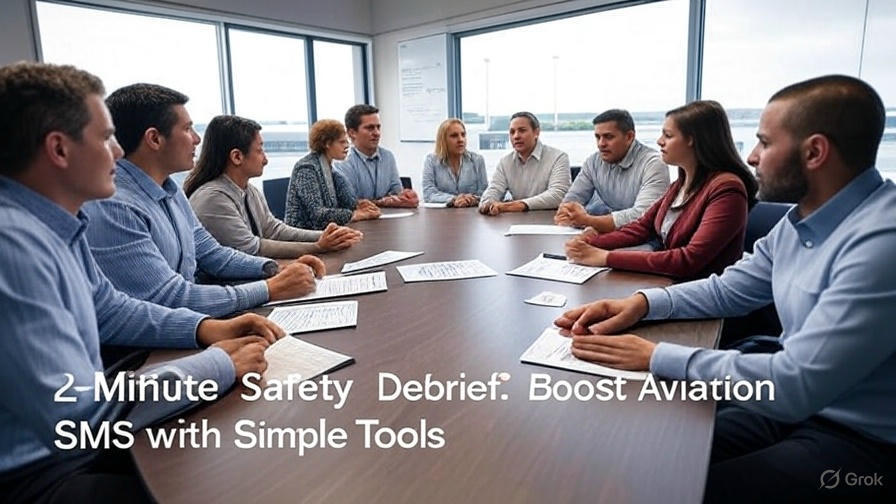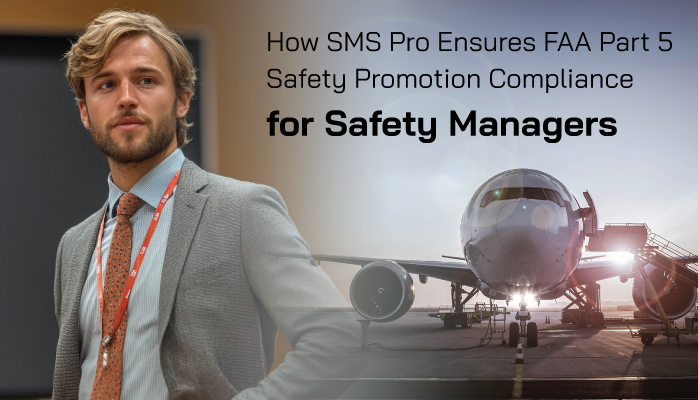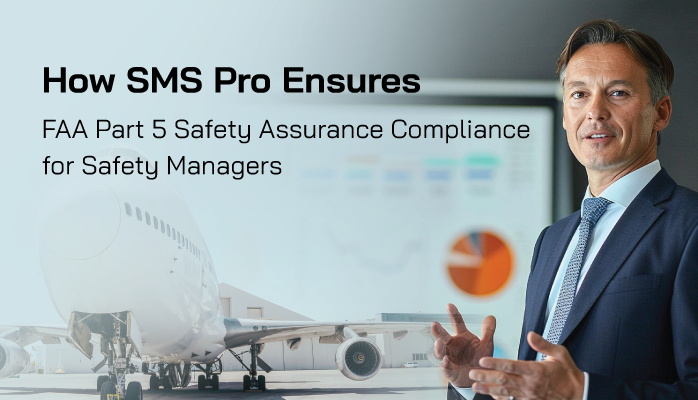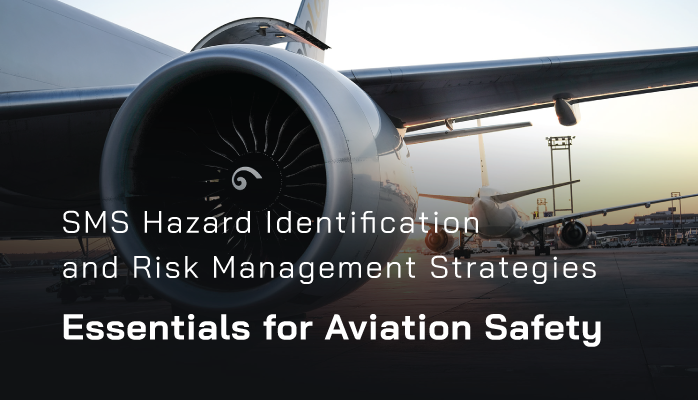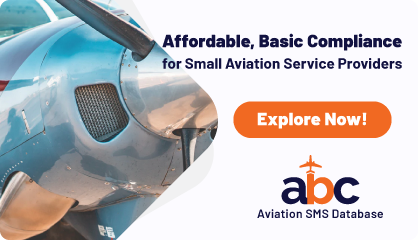Jamie Adams

Jamie Adams, born in Homer, Alaska, developed a deep interest in aviation mechanics growing up in a town surrounded by small airfields and seaplanes. After completing their Airframe and Powerplant (A&P) certification, Jamie began a career in aviation maintenance, working for 25 years in a Maintenance, Repair, and Overhaul (MRO) facility in Anchorage. There, Jamie specialized in aircraft systems, focusing on turbine engines and avionics for regional aircraft operating in Alaska’s demanding conditions. Jamie’s meticulous attention to detail and expertise in troubleshooting complex mechanical issues earned them a reputation as a trusted technician among pilots and operators. In 2012, Jamie joined SMS Pro, a leading provider of Safety Management System (SMS) software for the aviation industry. Transitioning from hands-on maintenance to a safety-focused role, Jamie brought their extensive MRO experience to the table, helping aviation organizations implement effective safety protocols. As a safety specialist at SMS Pro, Jamie develops risk assessment tools and training programs, ensuring maintenance teams adhere to global safety standards. Their practical insights have been vital in bridging the gap between operational maintenance and safety management. Jamie continues to reside in Homer, where they enjoy fishing and mentoring young aviation enthusiasts. They hold a degree in Aviation Maintenance Technology from the University of Alaska Anchorage and remain an active member of the Alaskan aviation community.
Why ERP Templates Matter in Aviation
An Emergency Response Plan (ERP) is a structured framework within an aviation SMS that outlines procedures for managing crises, such as aircraft accidents, serious incidents, or operational disruptions like fires or security threats. The ERP integrates with the four SMS pillars—Safety Policy, Safety Risk Management, Safety Assurance, and Safety Promotion—to ensure a proactive approach to safety.
A key aspect of the ERP is its notification framework, which governs how incidents are communicated to regulators, emergency services, families, and the public.
Read More
Topics:
4-Safety Promotion,
3-Safety Assurance,
1-Safety Policy,
2-Safety Risk Management,
FAA Compliance
For new safety managers, the 2-Minute Debrief is a powerful tool to enhance your Aviation Safety Management System (SMS) and ensure compliance with FAA, EASA, and ICAO standards. This quick, anonymous daily survey captures pilot errors, deviations, and safety concerns, helping you predict and prevent incidents. Here’s what it is, how to use it, and why it’s essential for your operation.
Read More
Topics:
4-Safety Promotion,
3-Safety Assurance,
2-Safety Risk Management,
FAA Compliance
LOSA is Proactive Risk Management
A Line Operations Safety Audit (LOSA) is a proactive, non-punitive safety management tool used in aviation to collect data on operational performance during normal operations.
Read More
Topics:
Aviation SMS Database,
3-Safety Assurance,
Risk Management Software,
2-Safety Risk Management
Introduction: Wildfire Risks in Aerial Utility Operations
Wildfires pose a growing threat to electrical utilities, with aerial patrols by helicopters and drones playing a critical role in early detection and prevention.
The Federal Aviation Administration notes that utility aviation incidents, often triggered by human factors or environmental hazards, contribute to 70% of accidents in this sector, costing millions annually, per IATA. In fire-prone regions, utilities like PG&E deploy 600 high-definition cameras for wildfire monitoring, underscoring the need for robust Safety Management Systems (SMS) to manage risks. SMS Pro’s aviation SMS software streamlines wildfire risk management with hazard identification, crew coordination, and data analysis, achieving 25% faster risk reporting in case studies.
Read More
Topics:
Aviation SMS Database,
3-Safety Assurance,
Risk Management Software,
2-Safety Risk Management
Understanding Emergency Response Notifications in Aviation SMS
In the context of an aviation SMS, Emergency Response Notifications refer to the structured communication processes used to inform internal stakeholders, regulatory authorities, emergency services, and the public about a crisis, such as an aircraft accident, serious incident, or operational disruption.
These notifications are a key part of the Emergency Response Plan (ERP), which integrates with the four pillars of an SMS—Safety Policy, Safety Risk Management, Safety Assurance, and Safety Promotion—to ensure a proactive, systematic approach to crisis management.
Read More
Topics:
Aviation SMS Implementation,
4-Safety Promotion,
3-Safety Assurance,
1-Safety Policy,
2-Safety Risk Management,
FAA Compliance
Top-Down Leadership and Just Culture
In the high-pressure domain of aviation, safety must be unwavering. Aviation safety managers and accountable executives bear the critical responsibility of ensuring that Safety Management Systems (SMS) are not only implemented but also thrive within their organizations.
Read More
Topics:
4-Safety Promotion,
1-Safety Policy
SMS Pro Ensures FAA Part 5 Safety Promotion Compliance
The Federal Aviation Administration’s (FAA) Part 5 Safety Management Systems (SMS) regulations set a high standard for aviation organizations, requiring a structured, proactive approach to managing safety risks.
Among the four pillars of an SMS—Safety Policy, Safety Risk Management, Safety Assurance, and Safety Promotion—the Safety Promotion pillar often receives less attention than its counterparts. Yet, it’s a critical component that drives a positive safety culture, ensures effective communication, and equips employees with the training needed to uphold safety standards. For aviation safety managers and accountable executives, implementing the Safety Promotion pillar effectively can be a game-changer. This is where SMS Pro, a leading aviation safety management software, shines.
Read More
Topics:
Aviation SMS Database,
4-Safety Promotion,
Risk Management Software
SMS Pro Ensures FAA Part 5 Safety Assurance Compliance
For aviation safety managers and accountable executives, implementing a robust Safety Management System (SMS) is critical to meeting regulatory requirements and fostering a proactive safety culture.
The Federal Aviation Administration’s (FAA) Part 5 regulations outline the framework for SMS, with the Safety Assurance pillar serving as the backbone for monitoring and improving safety performance.
This article explores how SMS Pro, a leading aviation safety management software, aligns with FAA Part 5 Safety Assurance requirements, empowering organizations to achieve compliance and enhance safety outcomes.
Read More
Topics:
Aviation SMS Database,
3-Safety Assurance,
Risk Management Software
SMS Hazard Identification & Risk Management Strategies
For aviation safety managers and accountable executives, implementing an effective Safety Management System (SMS) is critical to identifying hazards, managing risks, and ensuring compliance with global standards like those set by the International Civil Aviation Organization (ICAO).
Read More
Topics:
2-Safety Risk Management
SMS Pro Ensures FAA Part 5 Risk Management Compliance
What goes up, must come down. In the high-stakes world of aviation, safety is non-negotiable. The Federal Aviation Administration (FAA) mandates a top-down structured approach to safety through its Safety Management System (SMS) requirements under 14 CFR Part 5.
For aviation safety managers and accountable executives, compliance with these regulations—particularly the Safety Risk Management (SRM) pillar—is critical to ensuring operational safety, regulatory adherence, and a robust safety culture.
SMS Pro, a leading aviation safety management software, is designed to streamline and enhance compliance with FAA Part 5, specifically addressing the SRM pillar’s requirements.
Read More
Topics:
Aviation SMS Implementation,
Risk Management Software,
2-Safety Risk Management


